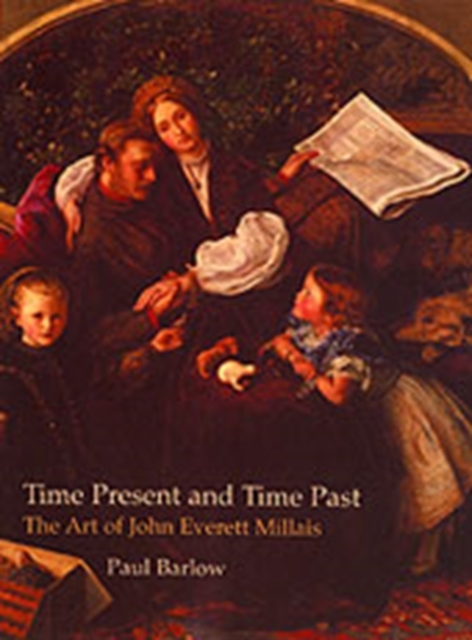
Time Present and Time Past : The Art of John Everett Millais Hardback
by Paul Barlow
Part of the British Art and Visual Culture since 1750 New Readings series
Hardback
Description
John Everett Millais (1829-1896) is undoubtedly among the most important of Victorian artists.
In his day, and our own, he remains also the most controversial.
While, during his lifetime, controversy centred around his early Pre-Raphaelite paintings, in particular Christ in the house of his Parents (1850), during the twentieth century the most intense criticism has been directed towards Millais's later works, such as Bubbles (1886), which has been widely condemned as sentimental 'kitsch'.
These later paintings have been held up as the epitome of the degradation of art, against which avant-garde and Modernist pioneers struggled.
None of the existing literature on Millais addresses the fundamental problem that this double-identity reveals.
While there is extensive material on the Pre-Raphaelite movement in general, Millais's own work after the 1850s is rarely discussed in detail, despite the fact that he lived and worked for another 30 years after his abandonment of the Pre-Raphaelite style.
Time Present and Time Past: The Art of John Everett Millais presents the first comprehensive account of Millais's artistic career from beginning to end.
The book considers the question of 'high' and 'low' cultural status in debates during Millais's own day, and in subsequent critical thinking, situating Millais's art as a whole within this cultural framework.
Information
-
Available to Order - This title is available to order, with delivery expected within 2 weeks
- Format:Hardback
- Pages:240 pages
- Publisher:Taylor & Francis Ltd
- Publication Date:14/07/2005
- Category:
- ISBN:9780754632979
Other Formats
- Paperback / softback from £46.35
Information
-
Available to Order - This title is available to order, with delivery expected within 2 weeks
- Format:Hardback
- Pages:240 pages
- Publisher:Taylor & Francis Ltd
- Publication Date:14/07/2005
- Category:
- ISBN:9780754632979










